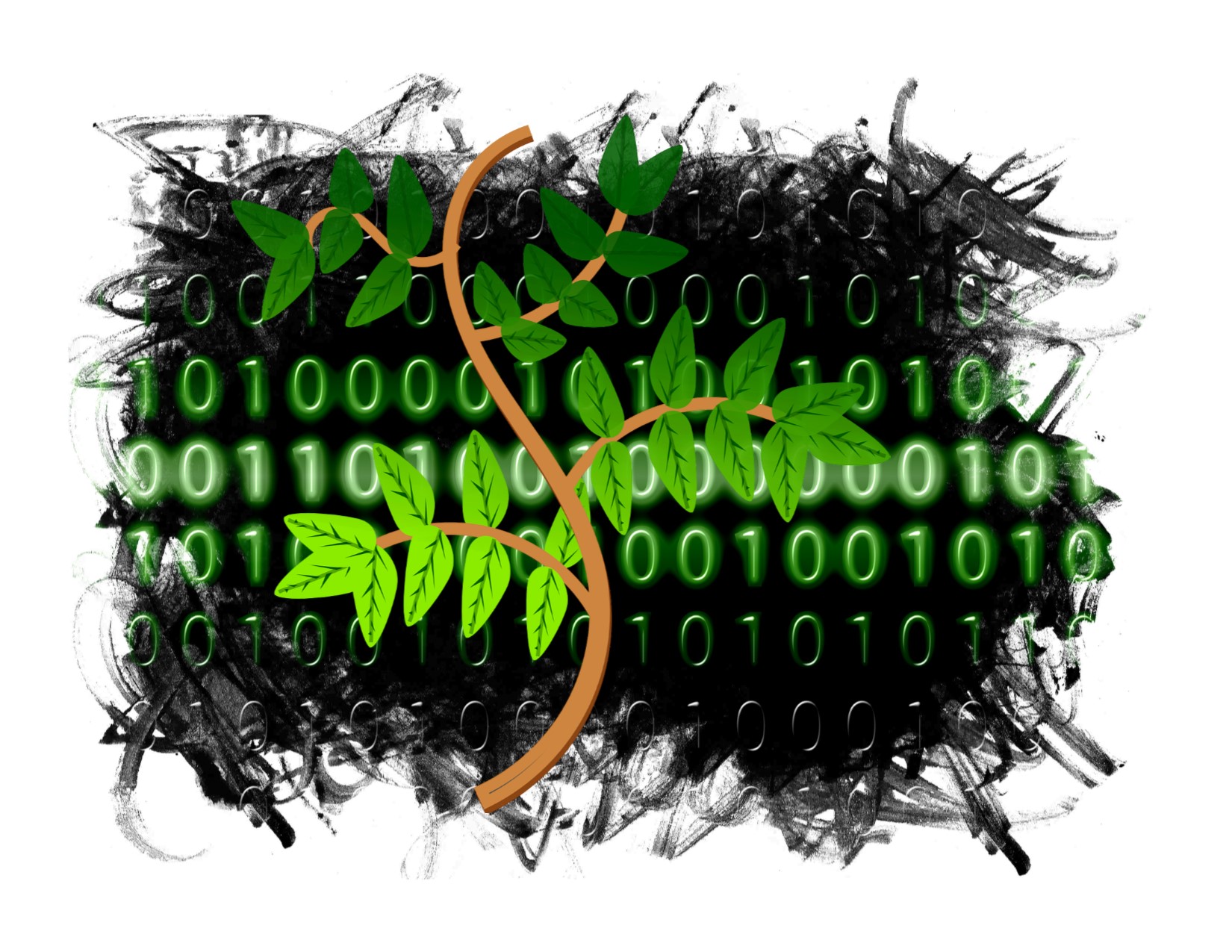Food Chain Dynamics In A Simple Ecosystem
Author(s): Merrilee Anderson1, J. Phil Gibson2
1. Mount Aloysius College 2. University of Oklahoma
1280 total view(s), 873 download(s)
Food Chain Dynamics In A Simple Ecosystem(PDF | 94 KB)
Excel Algae Concentration Calculations(XLSX | 17 KB)
Brineshrimp quiz.docx(DOCX | 26 KB)
Excel Anova for Algae Comparisons(XLSX | 55 KB)
Algae Ecosystem Hypothesis Worksheet(PDF | 126 KB)
Teaching Notes(DOCX | 30 KB)
Excel T-test for Aglae Jars(XLSX | 24 KB)
- License terms
Description
Food webs and trophic dynamics are important biological topics that explain community interactions, ecosystem energetics, and other ecological phenomena. Interactions among organisms in different trophic levels are particularly important factors shaping the structure and function of communities and ecosystems. To investigate the interactions between producers and consumers, a simple ecosystem containing an algal producer and a crustacean herbivore will be constructed and observed over the course of a two-week period. In this experiment, students will use an experimental design developed by Hudon and Finnerty (2013), but in a “flipped” format. Students should first view the assigned videos that describe the fundamental features of the experimental procedure. Notes should be taken about experimental design to investigate bottom-up or top-down effects in a simple ecosystem composed of a single producer and consumer species.
The producer is a unicellular, marine alga in the genus (Platymonas sp.). This species has a flagellum which allows it to swim through its aquatic environment. The consumer is Artemia salina (brine shrimp), a crustacean related to crabs and lobsters. They hatch from cysts and are easily grown in lab. The larva, called a naupilus, are active swimmers and develop into the mature adult form in a few days. The mature adults are grazers that feed on algae.
Hudon, D. and J.R. Finnerty. 2013. To build an ecosystem: an introductory lab for environmental science and biology students. The American Biology Teacher 75:186-192.
Cite this work
Researchers should cite this work as follows:
- Anderson, M., Gibson, J. P. (2018). Food Chain Dynamics In A Simple Ecosystem. Plants by the Numbers, QUBES Educational Resources. doi:10.25334/Q4KX32
